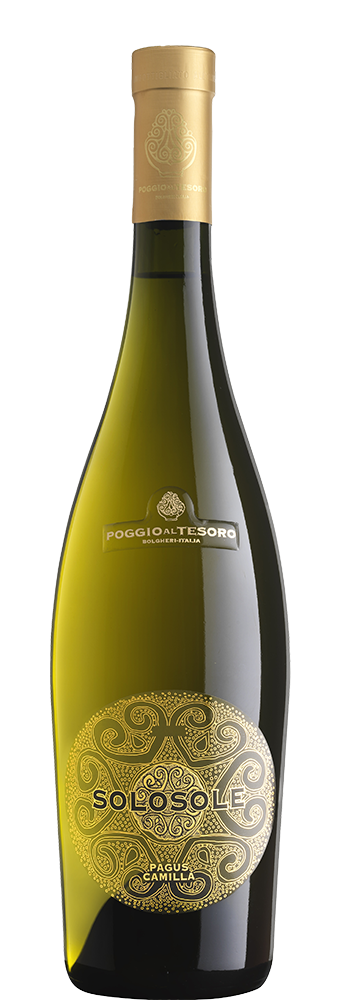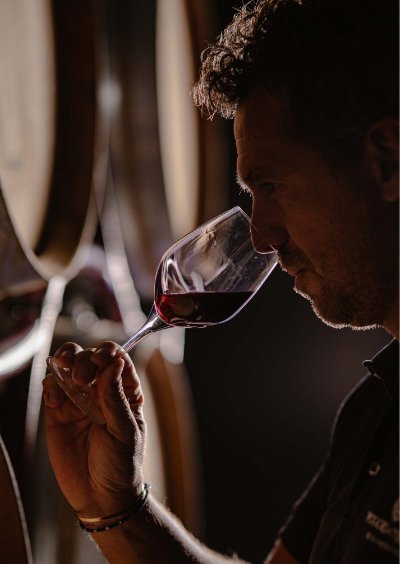Solosole Pagus Camilla

Solosole Pagus Camilla
Vermentino Bolgheri D.O.C.
Vermentino 100% (selection of Vermentino clones from Corsica)
The Ancient Romans used the word ‘Pagus’ to identify a rural area that was of special agricultural value. This is still true today of Pagus Camilla, part of the vineyard called Le Sondraie, which lies near a natural oasis of the same name. Here, alluvial sediments with elevated mineral content yield a ‘rare’ white wine with intense citrus and herbal aromas, delightfully reminiscent of Mediterranean fragrances, enhanced by the proximity of the sea.
Climate Trend
The 2017 climatic conditions in Bolgheri reflect a changing global environment. Winter continued with good weather and slightly cooler temperatures than average, which protected against the proliferation of insects harmful to the vine. In the spring there was an early start to budding and fortunately, the spring frosts, which affected various Italian regions, did not impact the vegetation. Summer was sunny and breezy. Early July was characterised by relatively high humidity for the coastal area. The first heavy rainfall came in mid-September, but the days that followed were warm and bright. The prolonged drought helped us to fight against fungal and parasitic diseases. Irrigation management was complex and coordinated with the help of weather huts, equipped with sensors which detect soil humidity and evapotranspiration. But the human eye is forever irreplaceable: visual and manual inspection of leaf and grape turgidity indicated the best moment to provide the right amount of water, allowing us to keep the grapes firm and fresh, and maintain the protection of leaves with their chlorophyllin function.

-
-
grape varieties
Vermentino 100% (selection of Vermentino clones from Corsica)
-
-
vineyard location
Le Sondraie vineyard, near Fossa Camilla creak
-
-
capacities
750 ml • 1,5 L
-
-
vinification
Soft pressing of previously cooled grapes, whilst the start of fermentation is characterized by maceration on the skins at a controlled temperature. Only after this phase the must is separated and fermented in stainless steel (70%) and terracotta amphorae (30%) at low temperatures.
ageing
In stainless steel and terracotta amphorae on fine lees with battonage until June of the following year, followed by a few months of bottle ageing